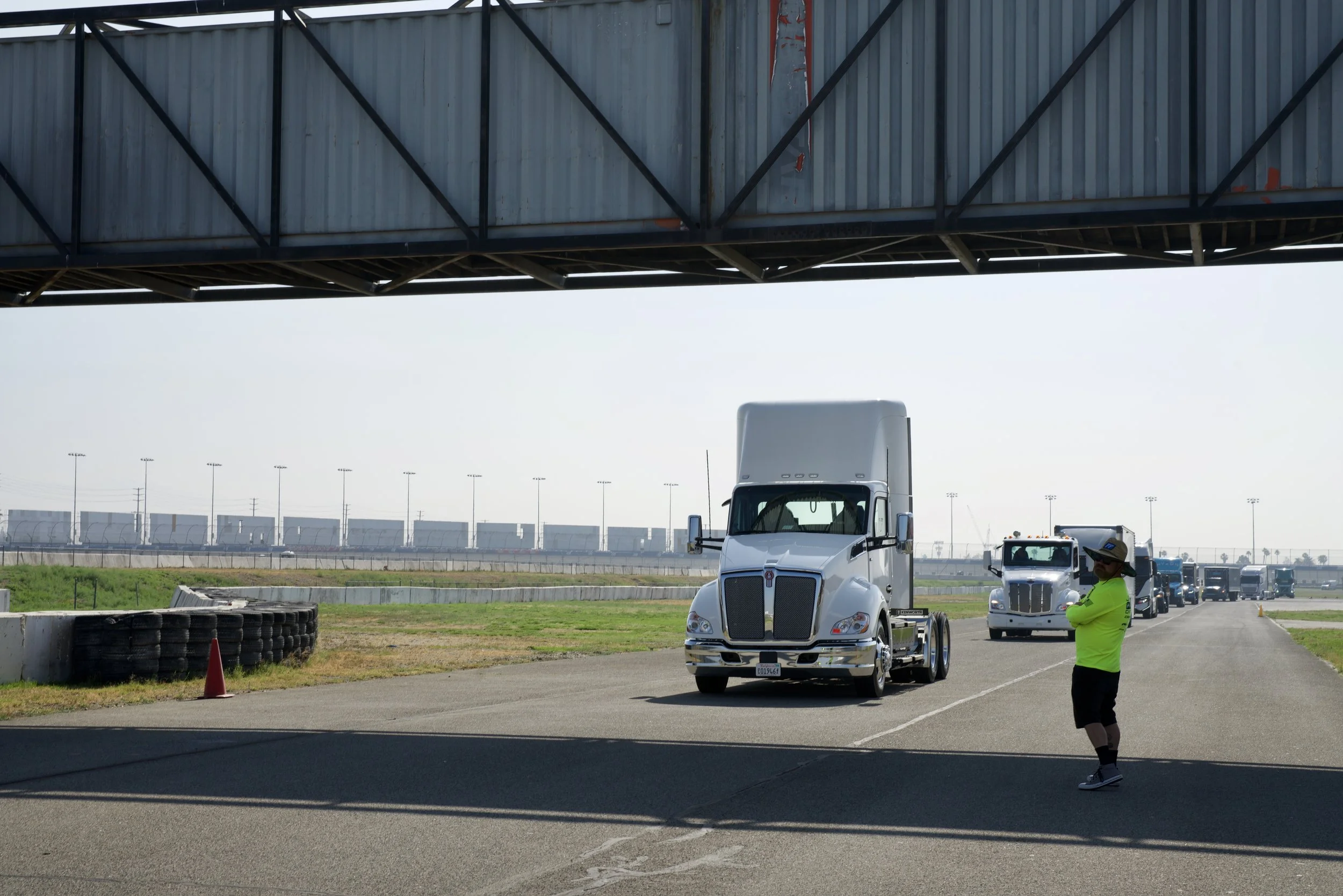Clean Truck and Bus Vouchers (HVIP)
California Air Resources Board (CARB)
What does it fund?
The Vouchers for the purchase of zero-emission trucks and buses, including funding for charging or fueling infrastructure.
Who is eligible for funds?
Public and private operators of medium- and heavy-duty truck and bus fleets.
How does this program provide benefits to priority populations?
Larger rebates are available for public fleets and small private fleets with vehicles located in disadvantaged communities.
How do I access funds?
Apply on a first-come, first served basis at participating dealerships and manufacturers. Incentives are applied at point-of-sale for the purchase of eligible vehicles. More information can be found on the California HVIP website.
Funding Timeline
See the program Funding Status website for more information.
Other Opportunities
Use the Funding Finder Tool to find funding sources for trucks and buses and charging and fueling equipment in the state of California.
Carl Moyer Program: Funding may be available, depending on the specific air district, but fleets must be in compliance and eligible trucks must meet the 2023 compliance deadline in order to be eligible. For more information regarding the Carl Moyer Program, please contact the local air district.
Funds from the Volkswagen Mitigation Trust may also be available statewide for zero-emission buses, for zero-emission Class 8 trucks, zero-emission freight and marine projects, and for low-NOx Class 7 and 8 trucks and engines.
Project Profiles
Read stories of projects funded by this program.
Cumulative Statistics
As of November 30, 2024
$454.5 million implemented
$310.4 million benefiting priority populations
1,068,031 MTCO2e estimated GHG emissions reductions
6,055 projects implemented
2024 Achievements
Reporting period:
Dec 1, 2023 – Nov 30, 2024
$126.5 million implemented
51,569 MTCO2e estimated GHG emissions reductions
4 full-time equivalent jobs reported
$105.3 million benefiting priority populations
2024 Benefits to Priority Populations
68% benefiting disadvantaged communities
15% benefiting low-income communities and households
17% located outside of and benefiting disadvantaged communities






